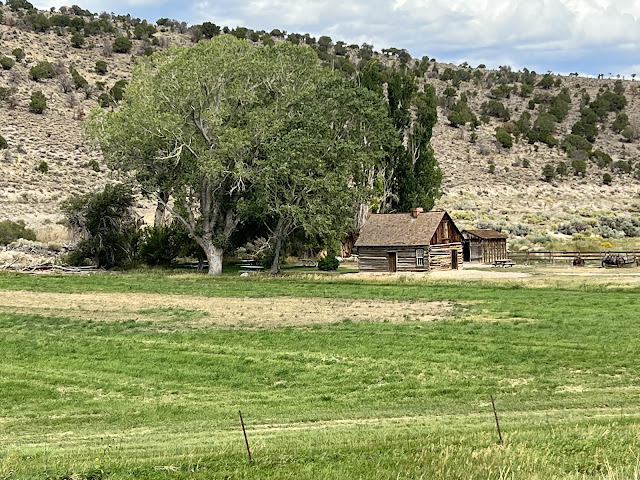Land of Sioux & Ojibwe
We drove thru Wisconsin and landed at an RV park in Maple Grove, a community just northwest of Minneapolis.
Prior to its “settlement”, Minnesota was the home of two major Native American tribes, the Ojibwe and the Sioux. Made up of several groups, the Sioux band located in this area were called Dakota (other elements were the Lakota and the Nakota, both located further west). As white fur trappers and traders moved west, forts were built to protect them, to prohibit French-Canadian trappers from the area, to prohibit the white settlement of the area until a treaty had been concluded, and to build peaceful relationships with these tribes.
So it was that in 1805, the Treaty of St Peters was signed (the first treaty in this territory); it sold to the American Government nine square miles of land along the St Croix River. In 1825, Fort Snelling was constructed (as part of the growing fortress line) at the confluence of the Mississippi and Minnesota rivers in what is now St Paul.
As time passed, subsequent treaties ceded more land to the government so that by 1851, the tribes were granted some reservation land in the territory; an agreement that Congress subsequently revoked, leaving the Dakota a much smaller piece of land that couldn’t support hunting or agriculture. Fort Snelling was closed in 1857 and sold in 1858 as surplus. Minnesota also obtained statehood in 1858.
Due to the outbreak of the Civil War in 1861, the fort was taken back by the Government to use for the recruitment and training of troops (the buyer of the fort was in arrears in payment as well). In 1862, weather ruined the crop season and left the Dakota people starving while confined to the small plot of reservation land. To make matters worse, the government was in arrears on cash payments due to the tribes from prior treaties and land sales. Thus was born the Dakota War of 1862, which saw open warfare between settlers and Indians.
While Indian casualties are unknown, 358 settlers, 77 soldiers and 29 militia were lost over the six week engagement. 1,658 peaceful Dakota non-combatants were moved and confined to Ft Snelling, and some 2,000 Dakota “warriors” finally surrendered. In December, 38 Dakota were subsequently hanged at the fort in the largest 1-day mass execution in US history. And in 1865, two Dakota leaders were kidnapped in Canada, returned to Ft Snelling, and hanged.
Ft Snelling was also where, from the 1820’s to 1857, slavery was common amongst the fur traders and military officers at the fort. In 1828 the Camp Commandant, Lt Col Zachary Taylor (yes, the same one who became President) owned slave Jane Glasgow while posted to Ft Snelling. In the 1830’s Dr Emerson, the fort surgeon, brought with him Dred Scott, whom he had purchased in Missouri prior to his transfer to the Fort. (Dred Scott became the subject of a very controversial Supreme Court ruling in 1857, Dred Scott vs. Sandford.) Despite Minnesota being a “free state”, slavery was overlooked until statehood in 1858 after ratification of the State Constitution.
Since the Civil War, the Fort has housed a horse regiment, hospital, recruitment center, training center, language school and various other supporting elements of the military. It was critical to war efforts in the Civil War, Spanish-American War, WWl and WWll. It was decommissioned in 1946, but the Snelling “complex” served as the base from 1963-1994 as the headquarters of an Army infantry brigade.
Finally, it has been renovated and rebuilt to serve as an historical interpretive center by the State of Minnesota.
********************************************************************************
The Mall of America - this place was CRAZY! Some people love shopping malls……..

























Thank goodness buildings like this are not destroyed and are reused for other purposes, and finally used to explain their amazing history!
ReplyDeleteThat is all exceptionally interesting. Had no idea about the slavery history. Wendy, have you read any of Louise Erdrich's novels? She's a major American author who is a member of the Ojibwe tribe and her work is very informed by that culture. As I recall, she also owns a bookstore in Minneapolis now. A novel of hers I especially recommend is titled La Rose. I think you would particularly appreciate it.
ReplyDelete